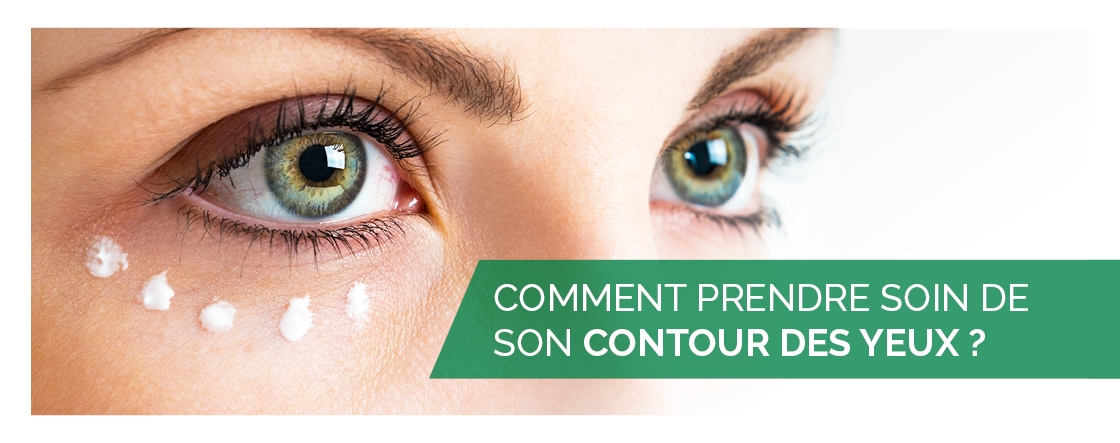All Categories
Featured
We usually listen to concerning securing our skin from dangerous ultraviolet (UV) rays, however did you recognize that UV direct exposure can additionally dramatically impact your eye health? Recognizing the effects of UV rays on your eyes and just how to safeguard them is important for maintaining lasting eye health.
Kinds Of UV Rays. UV rays are categorized right into 3 types:
UVA Rays: These rays permeate deep right into the skin and can additionally affect the inner layers of the eyes. UVB Rays: These rays mainly cause damage to the skin's surface area yet can likewise damage the cornea and lens of the eye. UVC Rays: While these are one of the most damaging, they are mostly taken in by the Planet's environment and do not reach the surface. Both UVA and UVB rays are unsafe to your eyes, and over time, direct exposure can bring about significant eye problems.
Short-Term Results of UV Direct Exposure. Even quick direct exposure to intense UV rays can cause immediate eye damages. An usual temporary problem is photokeratitis, typically referred to as "sunburn of the eye." Signs of photokeratitis consist of:
Soreness and irritation. Level of sensitivity to light. Tearing or watery eyes. A gritty experience, as if something is embeded your eye. While the symptoms of photokeratitis are momentary and generally settle within a day or more, duplicated occurrences can have advancing results on your vision.
Long-Term Results of UV Exposure. Chronic UV direct exposure can add to several severe eye problems, including:
Cataracts: In time, UV rays can create clouding of the eye's lens, leading to cataracts, among the leading sources of loss of sight worldwide.
Macular Degeneration: Prolonged UV direct exposure can harm the retina, especially the macula, resulting in age-related macular degeneration (AMD), which impacts central vision.
Pterygium: Additionally referred to as "internet user's eye," this problem involves the development of a fleshy cells on the white component of the eye, which can cross the cornea and effect vision.
Skin Cancer Cells Around the Eyes: The fragile skin around the eyes is at risk to UV radiation, raising the risk of skin cancer cells, such as basal cell cancer.
Pinguecula: UV direct exposure can likewise bring about yellowish deposits on the conjunctiva, which can cause inflammation and pain.
Exactly How to Safeguard Your Eyes from UV Rays. Put On Sunglasses with UV Protection: Always pick sunglasses identified as obstructing 100% of UVA and UVB rays. Wrap-around designs supply extra security by blocking UV rays from the sides.

Make Use Of a Wide-Brimmed Hat: Hats with a broad border can decrease UV direct exposure by up to 50%, providing added protection for your eyes and face.
Stay Clear Of Height Sunlight Hours: UV rays are greatest in between 10 a.m. and 4 p.m. Limiting your outside tasks during these hours can aid decrease exposure.
Do Not Neglect Concerning Kids: Children's eyes are more delicate to UV rays, so guarantee they put on sunglasses and hats when outdoors.
Use UV-Blocking Call Lenses: If you wear calls, ask your eye care provider concerning UV-blocking lenses for included security.
Remain Protected Year-Round: UV damages isn't restricted to summertime; rays can show off surfaces like water, sand, and snow, making eye protection needed all year.
Final thought. Protecting your eyes from UV rays is crucial to maintaining your vision and general eye health and wellness. The effects of UV exposure may not always be instant, however they can accumulate with time, bring about significant conditions. By taking easy precautions like wearing UV-protective sunglasses, restricting direct exposure during top hours, and routinely visiting an eye treatment professional, you can guard your eyes from the damaging impacts of UV radiation. Bear in mind, your eyes are irreplaceable-- take steps to safeguard them today.
Latest Posts
Explore Limited-Time Auto Repair Deals in Chicago at Montclare Auto Repair
Find Brake Repair & More: Comprehensive Repair Options from Montclare Auto Repair
Learn How to Reduce Expenses on Car Maintenance with Montclare Auto Repair’s Special Deals
More
Latest Posts
Explore Limited-Time Auto Repair Deals in Chicago at Montclare Auto Repair
Find Brake Repair & More: Comprehensive Repair Options from Montclare Auto Repair
Learn How to Reduce Expenses on Car Maintenance with Montclare Auto Repair’s Special Deals